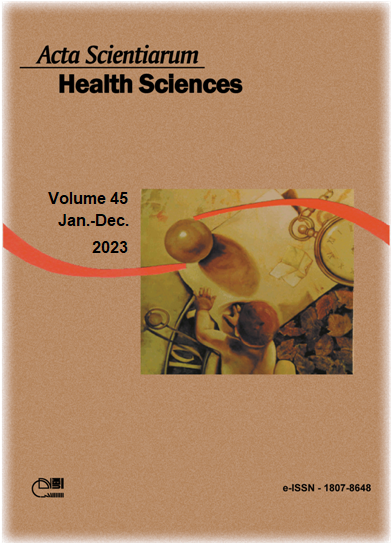Evaluation of the degree of contamination of breast milk by organochlorine pesticides in the Lower Amazon region: a preliminary study
Resumen
The main source of human exposure to organochlorines is through food, especially food with a high fat content, such as breast milk, which is critical for child hood development. Therefore, it is important to analyze milk and other biological matrices for organochlorine pesticides (OCPs), and then determine the source of the OCP contamination. The objective of this study was to evaluate the degree of contamination by OCP residues and their metabolites in breast milk samples from the municipalities of Mojuí dos Campos and Belterra-Pará, Brazil. The OCPs analyzed were dichlorodiphenyltrichloroethane (DDT) and its metabolites (o,p'-DDT, p,p'-DDT, o,p'-DDE, p,p'-DDE, o,p'-DDD, and p,p'-DDD), aldrin, endrin, dieldrin, hexachlorocyclohexanes (α-HCH, β-HCH, lindane (γ-HCH), and δ-HCH), endosulfan α and β, endosulfan sulfate, heptachlor, and heptachlor epoxide. These substances were analyzed in 22 breast milk samples using gas chromatography with an electron capture detector (GC-ECD). Seven were contaminated with p,p'-DDT and/or p,p'-DDE. The mean p,p'-DDT and p,p’-DDE content in the contaminated samples was 0.0022 and 0.0152 mg·kg-1 of milk, respectively. This contamination may have been due to the inadequate application of DDT until the end of the 1990s for the control of tropical diseases, including malaria. Despite being a preliminary study, the number of contaminated samples was significant, which suggests the need to expand this study to other environmental and biological matrices.
Descargas
DECLARAÇÃO DE ORIGINALIDADE E DIREITOS AUTORAIS
Declaro que o presente artigo é original, não tendo sido submetido à publicação em qualquer outro periódico nacional ou internacional, quer seja em parte ou em sua totalidade.
Os direitos autorais pertencem exclusivamente aos autores. Os direitos de licenciamento utilizados pelo periódico é a licença Creative Commons Attribution 4.0 (CC BY 4.0): são permitidos o acompartilhamento (cópia e distribuição do material em qualqer meio ou formato) e adaptação (remix, transformação e criação de material a partir do conteúdo assim licenciado para quaisquer fins, inclusive comerciais.
Recomenda-se a leitura desse link para maiores informações sobre o tema: fornecimento de créditos e referências de forma correta, entre outros detalhes cruciais para uso adequado do material licenciado.























5.png)







